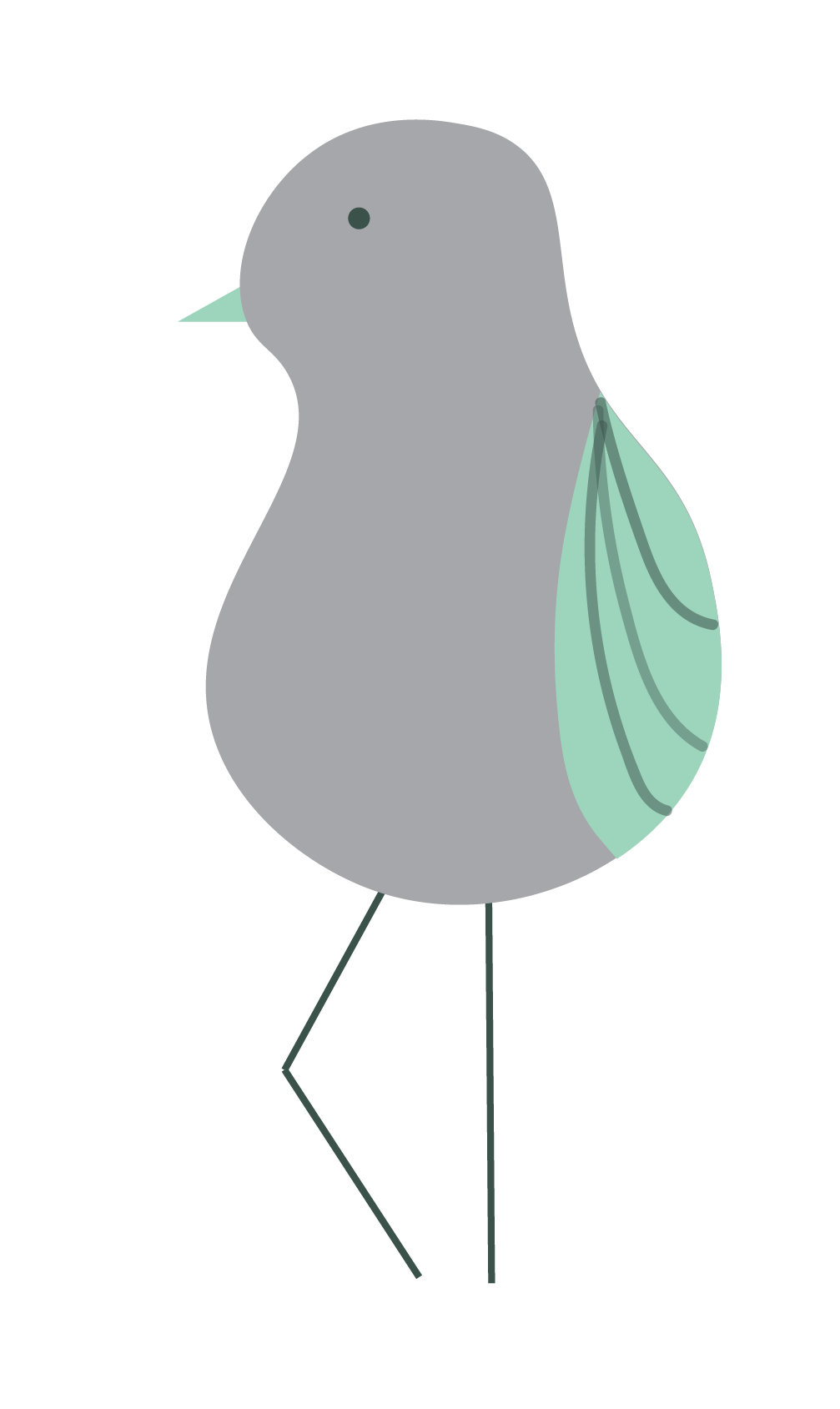How the Clark Street Beach Bird Sanctuary took flight.

At the Clark Street Beach Bird Sanctuary, American goldfinches, palm warblers and common yellowthroats fill the sandy patch of land with color and song. Migrating birds perch atop the limbs of black oaks, feeding on the caterpillars that populate the trees. Nearby, Northwestern’s sterile, glass-paneled Segal Visitors Center contrasts with this two-acre bird haven.
After the University cut down more than 70 trees in 2012 to build Segal, Evanston bird conservationists sought to reimagine the formerly untamed land Segal’s construction destroyed. A city ordinance required Northwestern to pay for every tree removed, and Evanston North Shore Bird Club program chair Libby Hill requested that the $173,850 be invested in a replacement sanctuary.
Although Hill considers the downsizing a loss, the money gained from Segal’s construction allowed conservationists to build the sanctuary.
Though species-rich, the current sanctuary barely resembles the habitat Segal was built upon. On this land, tightly-packed cottonwood trees — some almost 20 feet tall — dotted the landscape, and grassy patches carpeted the sandy floor. Bird conservation consultant Judy Pollock says this territory was a fueling point for birds.
“It was a patch of land that just grew up wild,” Hill says. “And we don’t have many patches of land around here that grow up wild.”

Paul D’Agostino, Evanston’s Environmental Services Bureau chief, says the sanctuary was built to include flora of various heights, which accommodate various bird species’ needs.
The sanctuary delegates work to local volunteers who weed, mulch, gather seeds and sow. Individuals also serve as bird monitors, observing and reporting on bird populations. Some volunteers, like steward Jerry Herst, have helped preserve the sanctuary since it opened in 2015.
“After the initial planting, we were charged with helping to keep those plants alive,” Herst says. “We helped tend the plants, added more plantings to help hold back the invasive plants that were coming in.”
Although volunteers maintained a biodiverse landscape, Pollock says the sanctuary’s success won’t undo the damage from Segal’s construction.
“The biggest impact was dramatically cutting down the size of the habitat. The [sanctuary] will do a little bit to bring that back, but it certainly doesn’t go all the way to restoring what was there,” Pollock says.

Northwestern Director of the Office of Sustainability Greg Kozak says Segal’s sustainable features — from the building’s water-conserving, sensor-operated sinks to its proximity to public transportation — reflect the University’s dedication to environmentalism.
“There is a deep commitment and collaborative spirit around this particular topic, given the importance of it,” Kozak says. “So it’s certainly something that is on our radar and something that we strive toward from a facilities perspective.”
Northwestern designs construction projects to achieve Leadership in Energy and Environmental Design (LEED) certification, which recognizes resource-efficient,cost-effective building designs. During Segal’s construction, 87 percent of waste was diverted from the landfill and 25 percent of its building materials were composed of recycled content — resulting in a silver LEED certification.
The Kellogg Global Hub, which occupies the other side of the Lakefill, earned a platinum certification. But, Herst says, the glass building is a “notorious bird-killer.” Allison Sloan, a member of Bird Friendly Evanston, a group dedicated to protecting Evanston’s birds, says the building’s mirrored exterior makes it a target for bird collisions.
When Sloan monitored Kellogg for two and a half weeks in May 2017, she counted 82 bird collisions. Most occurred on the building’s east and north sides, which reflect the lake. Since then, the University has partially retrofitted Kellogg’s glass exterior with dot-patterned film. The building’s main lobby and first-floor balcony remain threats to birds.
Sloan remains optimistic about the future of environmental architecture on campus.
“Now that [Northwestern’s] aware of the problem, we’ve gotten a verbal commitment that they are really interested in becoming a nationwide leader in bird-friendly architecture on campus,” Sloan says.